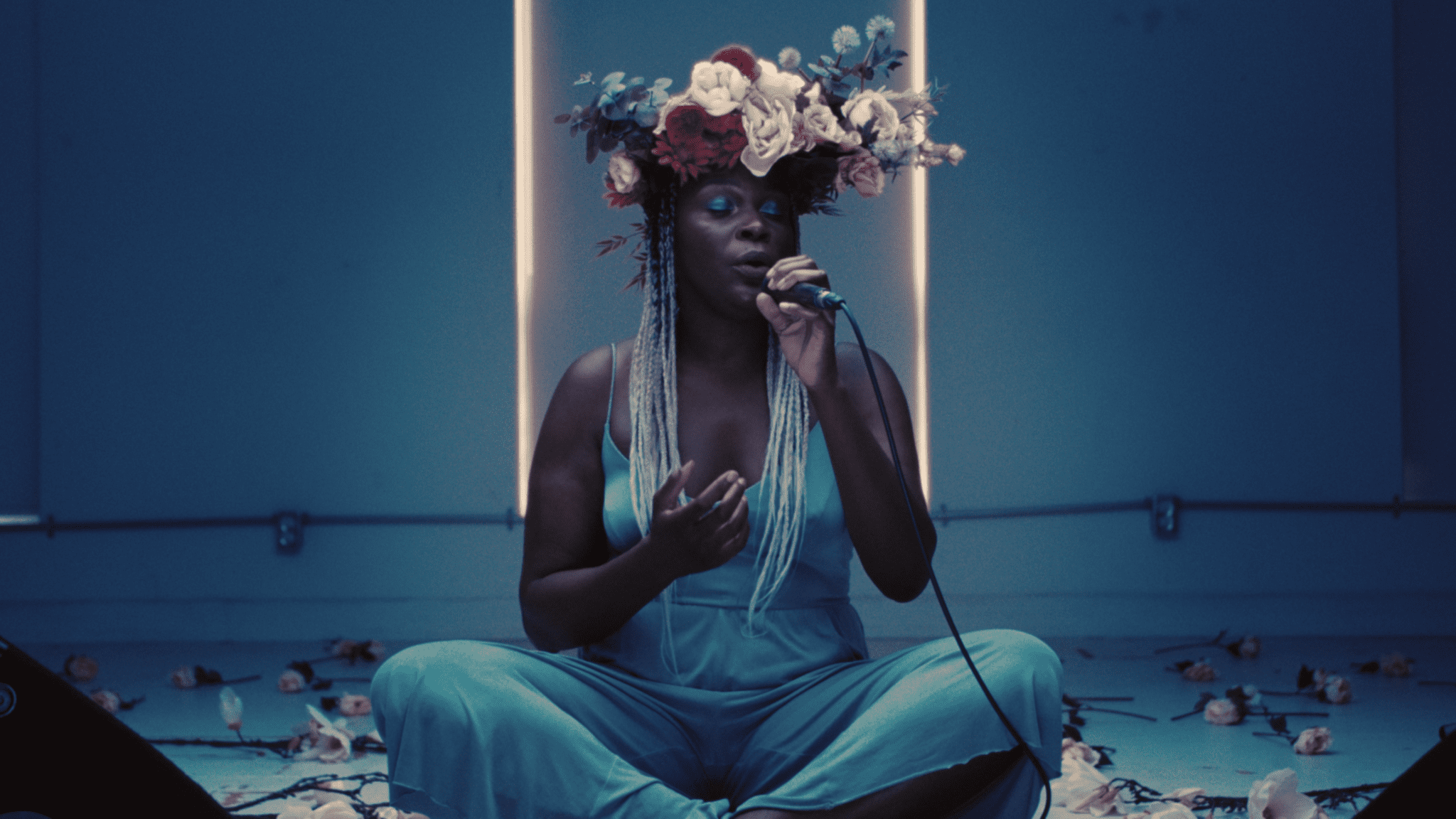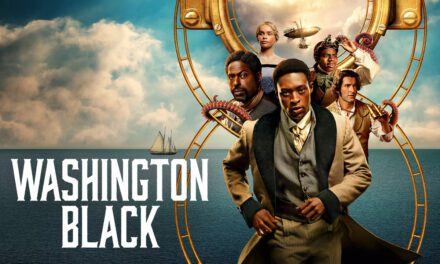
Whenever I’m asked what my favorite movies are, The Shawshank Redemption always appears in my top five. Rewatching the film again in beautifully clear 4K Ultra HD, it’s at the top of the list, a remarkable story (“Rita Hayworth and Shawshank Redemption”) by Stephen King translated to the screen by the talented Frank Darabont (The Walking Dead, The Green Mile). The power of hope shines through in the tragic life of Andy Dufresne (Tim Robbins), alongside his new friend Red (Morgan Freeman), under the watchful eye of the Warden (Bob Gunton) and the brutal prison guard, Hadley (Clancy Brown). In a world without hope, what chance does a good soul like Andy have?
In 1947, Andy is sentenced to life in prison Portland, Maine’s Shawshank State Prison for the murder of his wife and her lover. Red, a “lifer,” is drawn to the aura and goodness of Andy, even as Andy attracts the negative attention of “the Sisters,” a group of abusive prisoners, and the corruption of the Warden and Hadley. Andy’s real-world experience as a banker is put to work by the Banker, running financial processes from the prison’s library for the Warden and his cronies, alongside the older inmate Brooks (James Whitmore). Andy uses his influence to improve the library, fighting for resources and amenities to make the grind more bearable to the other inmates. He’s slowly building up a cache of respect within the prison walls, and it puts him on a collision course with those who run the prison.
There are so many moments that scream for attention, no, that patiently build waiting for a deeper introspection, a moment of quiet contemplation. There’s the moment when Brooks leaves the prison, paroled, and the aftermath; there’s the demonstrative interjection of “The Marriage of Figaro” over the loudspeakers of the prison, much to the Warden’s anger; there’s the use of the poster of Raquel Welch, with the camera’s loving caress. And there’s the beautiful friendship played out by Freeman and Robbins, in one of Freeman’s greatest roles and certainly in Robbins’ finest.
Like the real-life stories of P.O.W.s or a parable about justice, power, and hope in the face of persecution, Shawshank stands nearly thirty years later as a testimony to storytelling and the power of film. Nominated for seven Academy Awards, it won none, but it’s Rotten Tomatoes score sits at 91%; the Writers Guild considers the screenplay the twenty-second best of all time, and the film was deemed culturally important by the U.S. Library of Congress. The film just … sticks… with you, drawing out a variety of emotions and responses.
With the 4K HD version, Warner Bros. has included commentary by Darabont, alongside documentaries “Hope Springs Eternal: A Look Back at The Shawshank Redemption” and “Shawshank: The Redeeming Feature.” There are storyboards and photo galleries as well. But the story remains the thing that draws us in, demanding we consider the battle between light and dark, goodness and evil, even if what we initially expect isn’t quite what we get, like a magician’s sleight of hand or an old-fashioned parable where the meaning is hidden just out of sight, behind the darkness of the prison’s shadows.
Because hope rises.



